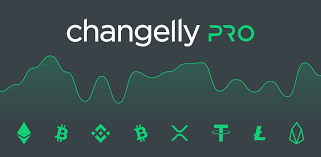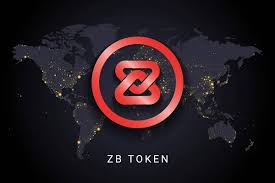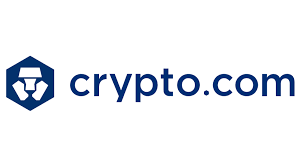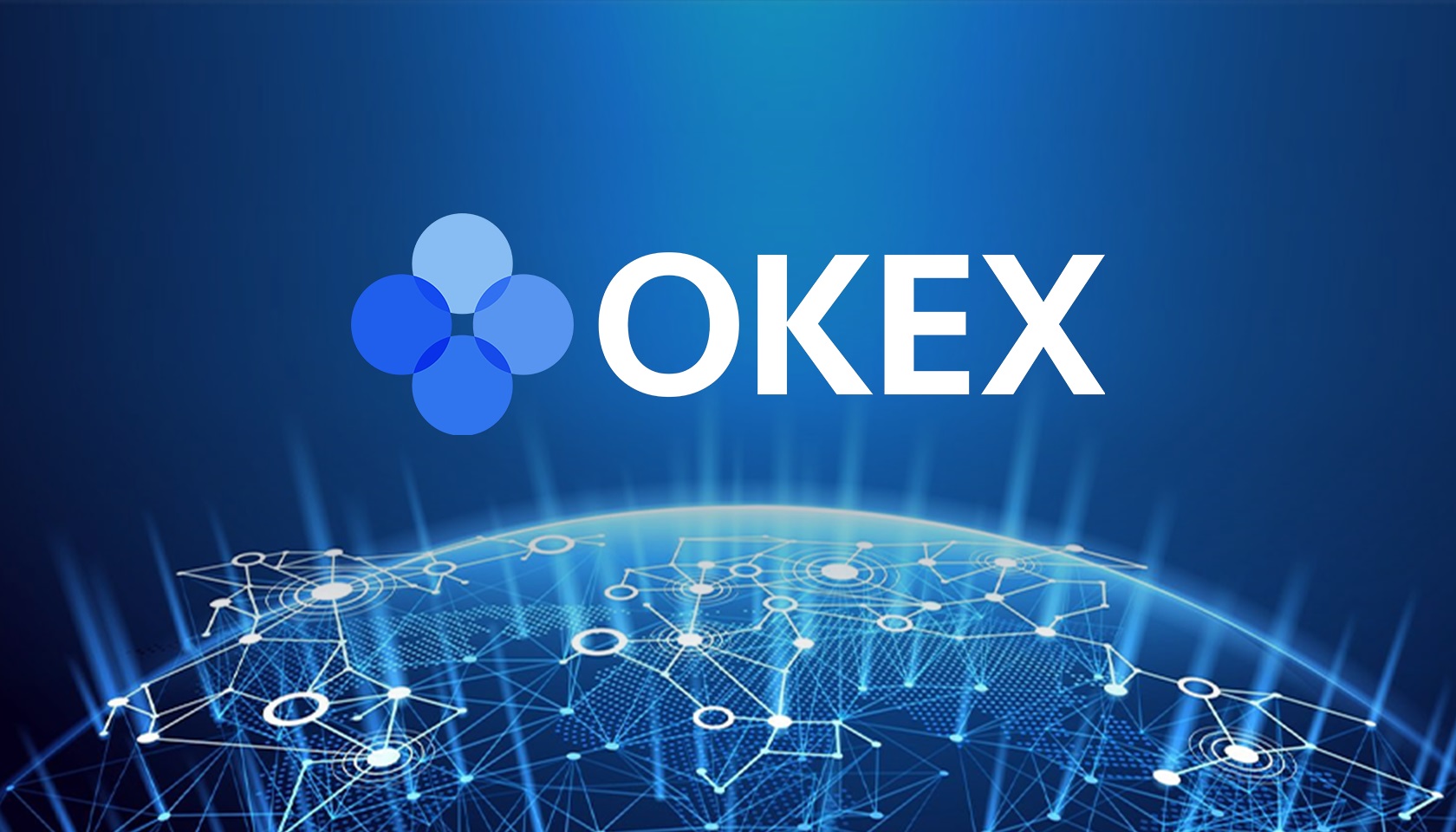EOS cryptocurrency was created in the summer of 2017, and now it is in fifth place among digital assets in terms of market capitalization. The popularity of EOS is due to the ability to develop blockchain-based decentralized applications. Some analysts predict a great future for it, putting ahead of Bitcoin cryptocurrency. So, what exactly is EOS cryptocurrency?

EOS
EOS is a platform for developing decentralized applications, the main competitor to Ethereum. It has a simple and user-friendly interface, and a very high (up to 100,000) transaction processing speed. Internal coin of the EOS Token ERC-20 blockchain network created based on Ethereum.
Advantages of EOS
The main advantages of the EOS platform are:
- With high scalability, the system supports features such as asynchronous communication and parallel executions. It runs thousands of commercial applications, and transactions are almost instantaneous.
- Convenient for developers an extensive set of tools and a web assembly platform is available. Here, you can stop and adjust a failed application and use ready-made templates to create interfaces and client databases.
- Free access to basic features. If you wish to launch a blockchain ecosystem or a decentralized application on the EOS platform, the building blocks are available for free.
Can you mine EOS?
Now about the mining. In the EOS ecosystem, mining is impossible. Here, in contrast to the same Ethereum, which still supports the Proof-of-Work (PoW) consensus algorithm, the Delegated Proof of Stake (DPoS) protocol was originally implemented. Its essence is that all network participants choose a small group of users (21 validators) that creates blocks. After 24 hours, the authority is transferred to the next group of block producers, and so on.
At the same time, mining as such does not occur. Validators receive a reward for processing transactions. DPoS is a modification of Proof-of-Stake, in which the proof of stake was replaced by voting, and the block reward was removed, leaving the node fees. The system seems to be very democratic, but any electoral process can be manipulated if desired.
Buying and selling coins
EOS tokens have good liquidity. They can be exchanged for fiat money or other cryptocurrencies on cryptocurrency exchanges like:
- Binance;
- Kraken;
- Coinbase Pro;
- Poloniex;
- Bittrex;
- EXMO.
The main trading pairs are EOS / USDT, EOS / BTC, and EOS / ETH. The Kraken and Coinbase Pro exchanges support the exchange of EOS tokens for USD and EUR.
To withdraw tokens from the exchange, you need to acquire a crypto wallet. To do this, there is a web wallet and the My EOS Wallet mobile application. Using the ERC-20 protocol, it is possible to store EOS coins on wallets that work with this standard, such as MyEtherWallet, Exodus, or a Ledger Nano S hardware safe.
Prospects of EOS
As an improved copy of Ethereum, cryptocurrency forecasts for the future are quite controversial. Some experts are confident in the success of the project called the EOS platform Ethereum killer. They believe that in the future it will compete with Bitcoin. This forecast was based on the following fact:
- EOS is a cryptocurrency that entered the market relatively recently. But in terms of capitalization, it is already quite comparable to top blockchain projects.
- The EOS network has a very loyal fee policy.
- The large number of tokens issued during the record-breaking ICO period has reduced the volatility rate.
- The EOS team tried to take into account the mistakes of their competitors and, when creating the ecosystem, paid maximum attention to protecting against hacker attacks and bugs in work.
The further fate of the ecosystem depends on the developers and token holders. The problem is that the coin is not a decentralized system. Half of the coin’s turnover is controlled by a small group of users, which gives them the ability to quite easily influence the value of digital assets. The EOS token is quite stable, although it depends on the bitcoin rate, the threat of a 51% attack on this network is much more real than that of Ethereum or other well-known crypto networks. The company does not have its blockchain and the final product is still far from perfect.
Conclusion
The Block.one project managed to collect a record amount of investment, the token is quite highly quoted on exchanges, and its daily turnover exceeds a billion dollars. Compared to the all-time high ($ 22.71) in April 2018, the current coin rate is not high, but the situation is the same for other blockchain projects.
The prospect of the EOS cryptocurrency is the digital fuel of the system, depending entirely on the pace of development of the project. Even its creators cannot give an accurate forecast. The developers of the Tezos, Aeternity, Quantum, and Tauchain cryptocurrencies have joined the competition. They may well push EOS off the top of the rankings.
Crypto networks EOS, Ripple, and the like are separate branches of the blockchain industry. Their creators have achieved high transaction processing speed by sacrificing the decentralization of the system. If the teams of Ethereum and other peer-to-peer networks manage to solve the scalability issues, EOS will become less in demand. But so far, this is only an assumption, and in which of the cryptocurrencies to invest, everyone decides independently.











